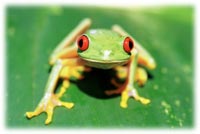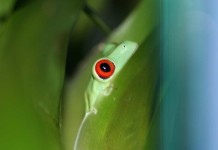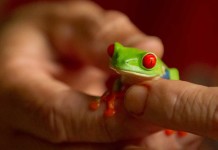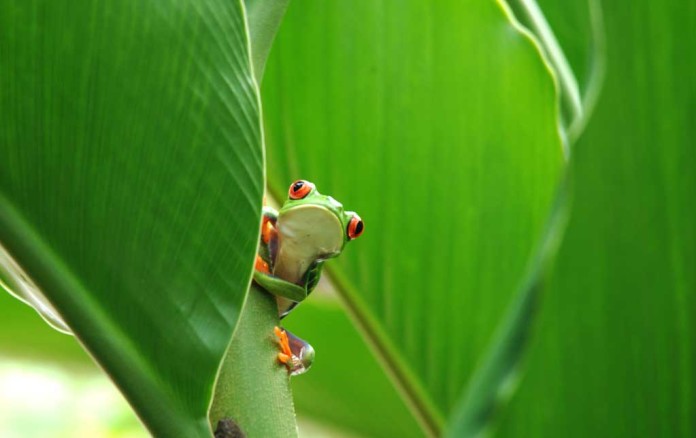You have no doubt seen an array of information about the declining amphibian populations worldwide. One reason for the decline is the infectious bacterial disease, Chytrid, which affects the red eyed tree frog species, among others. The rampant spreading of the disease is receiving attention from scientific and environmental agencies worldwide. These agencies are looking for ways in which to control red eyed tree frog illness.
A Major Threat
Grants are being provided to major universities, studies are being conducted and conferences held to come up with ways in which to control red eyed tree frog illness. The threat has reached startling numbers in the Australian green tree frog and the Chytrid disease has been seen in the red eyed tree frog as well.
An Amphibian Disease Conference was held in 2000 and a workshop spawned from the conference was designed to strategize on decreasing the known contributors to the disease. The conference was designed to bring together known experts and information on the issues in order to network and exchange ideas.
Chytrid is of great concern due to the number of species it affects and how easily it can spread. The proposed solution is to limit the spread by not bringing those animals infected with the disease into those areas that are void of it. One collective goal of the organizations involved is to limit the movement of frogs between areas of contamination and to maintain the environments that are healthy.
What Can Help?
 Proposals have been drafted and community involvement encouraged to bring about awareness, education and assistance in controlling the disease. These efforts would include the monitoring and collection of deceased frogs, providing health care for affected frogs, monitoring all aspects of population and maintaining healthy environments.
Proposals have been drafted and community involvement encouraged to bring about awareness, education and assistance in controlling the disease. These efforts would include the monitoring and collection of deceased frogs, providing health care for affected frogs, monitoring all aspects of population and maintaining healthy environments.
In addition, to control red eyed tree frog illness the aim is to educate the public through schools and community events. To further accomplish the goals of the program, media coverage and promotion, as well as involving the resources of conservation groups, are avenues of assistance.
In order to control red eyed tree frog illness, it is necessary to study the greatest concern of Chytrid and attempt to lessen its spread. Further study of the disease and its breeding grounds is required to fully understand it. In the meantime, efforts are being made to increase awareness and resources.













